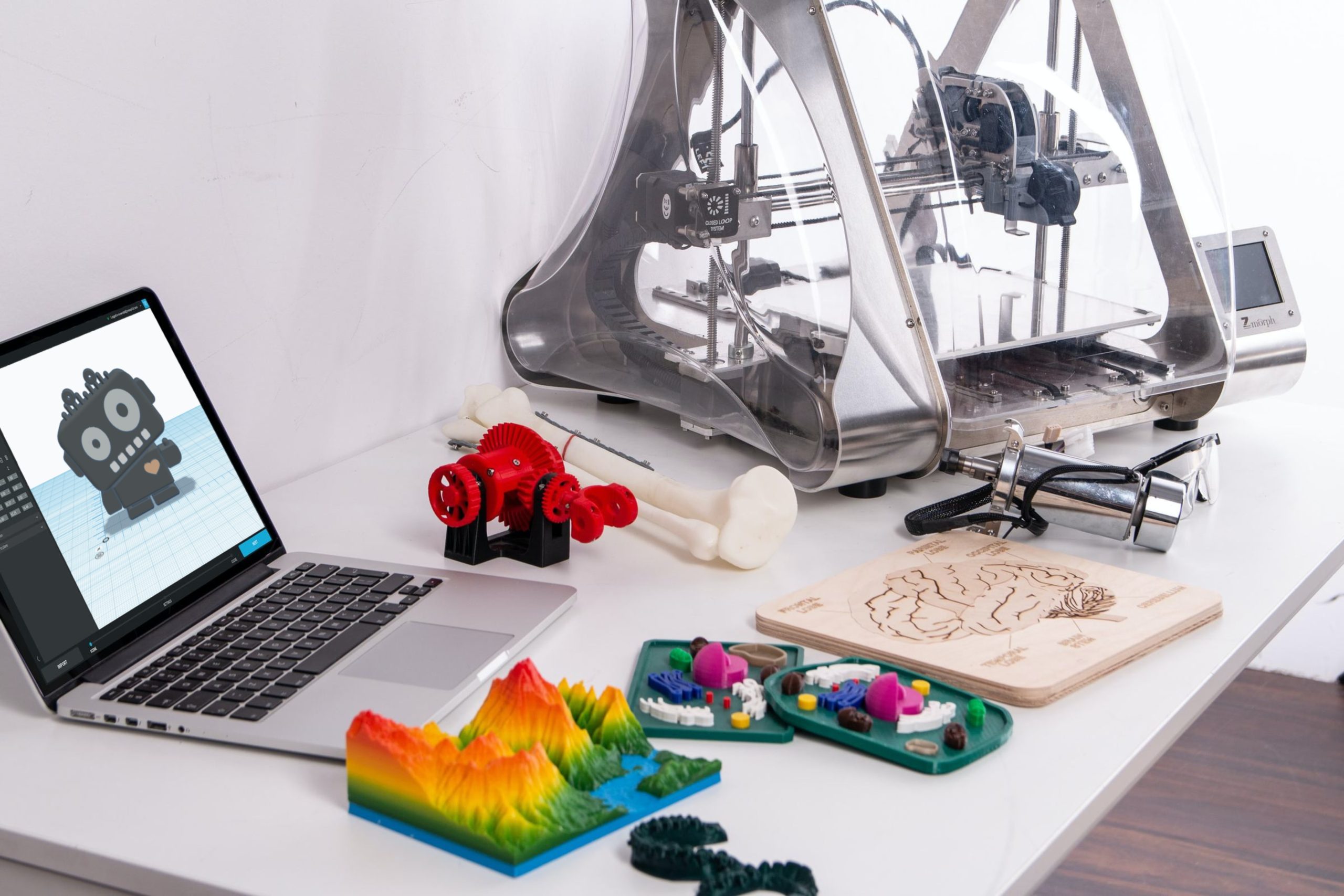The world of 3D printing has opened up a realm of possibilities, allowing individuals to bring their digital designs to life. Whether you’re a hobbyist, an artist, or an entrepreneur, finding the right software program is crucial for creating your 3D prints. In this article, we will delve into some of the top programs available that empower you to unleash your creativity and embark on the exciting journey of 3D printing.

1. Tinkercad
Tinkercad is a beginner-friendly 3D modeling software that offers a user-friendly interface and intuitive tools. It allows users to create 3D designs by combining basic shapes and manipulating them to form intricate models. Tinkercad’s simplicity makes it an excellent choice for those new to 3D printing, enabling them to quickly grasp the fundamentals of design projects and create their unique prints.
2. Fusion 360
Fusion 360, developed by Autodesk, is a powerful and comprehensive 3D design software suitable for both beginners and advanced users. It provides a wide range of tools for designing intricate models, including parametric modeling, sculpting, and mesh editing. Fusion 360 also offers features for analyzing and simulating designs, ensuring structural integrity before sending them for printing.
3. Blender
Blender is a versatile open-source software primarily known for its capabilities in 3D animation and rendering. However, it also provides robust modeling tools that allow users to create intricate 3D designs for printing. Blender’s extensive feature set, including sculpting, texturing, and UV mapping, makes it a popular choice for artists and designers looking to bring complex and detailed 3D prints to life.
4. SketchUp
SketchUp is a widely used 3D modeling software known for its simplicity and ease of use. It offers a user-friendly interface and intuitive tools, making it accessible to beginners. While primarily used for architectural modeling, SketchUp can also be utilized to create printable 3D models. Its vast library of pre-built components and plugins further enhances its functionality, enabling users to customize and optimize their designs for 3D printing.
5. OpenSCAD
OpenSCAD is a unique program that utilizes a scripting approach to 3D modeling. Instead of using a graphical interface, users write scripts in a specific programming language to define the parameters and geometry of their models. OpenSCAD is favored by engineers and technical designers due to its precision and ability to create complex designs based on mathematical equations. It is particularly suitable for creating functional parts and precise mechanical components.
6. ZBrush
ZBrush is a professional-grade sculpting software widely used in the entertainment industry for character and creature design. While primarily intended for digital sculpting and high-resolution rendering, ZBrush offers tools for converting those intricate designs into 3D printable models. Its ability to handle high levels of detail and its intuitive sculpting workflows make it a preferred choice for artists seeking to create visually stunning and intricate 3D prints.
7. FreeCAD
FreeCAD is a powerful open-source parametric 3D modeling software that offers a wide range of features suitable for various industries. It provides a solid modeling environment and supports the creation of complex geometries for 3D printing. FreeCAD’s parametric capabilities allow for easy modifications and design iterations, making it a practical choice for engineers, architects, and designers.
Choosing the right software program for creating your 3D prints is a crucial step toward unlocking your creative potential in the world of 3D printing. Each program mentioned in this article offers unique features and capabilities to cater to different skill levels, design requirements, and preferences. Whether you’re a beginner starting with simple shapes or an experienced designer pushing the boundaries of intricate designs, there is a program that suits your needs.
